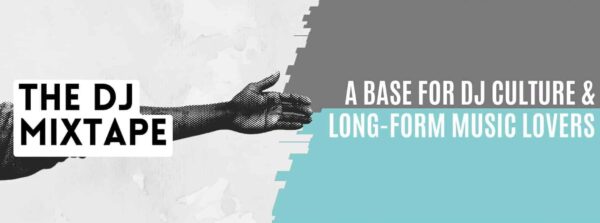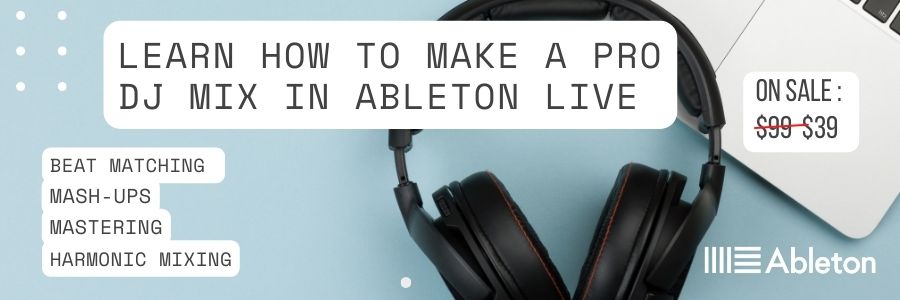If you’re eager to dive into the world of DJing, you’ve come to the right place. This comprehensive guide is filled with pro DJing techniques that will transform you from a music enthusiast into a skilled DJ. Whether you’re a novice looking for a launchpad or an intermediate DJ seeking to hone your craft, this guide offers a wealth of information on DJing techniques. So, let’s delve in, and you’ll be dropping beats and driving crowds wild in no time!

Understanding DJing Techniques and Equipment
As an aspiring DJ, getting familiar with your tools of the trade – the DJ equipment, is the first step towards your dream. DJing techniques are closely tied to your equipment, which includes turntables, mixers, and controllers. Turntables, though old-school, are favored by purists who relish the feel of vinyl under their fingertips. Mixers are the beating heart of your setup, enabling you to merge tracks and control volume. Controllers, the more contemporary option, offer numerous functions such as in-built effects and sample pads.
Selecting the appropriate equipment is a decision influenced by your budget, proficiency, and the genre of music you want to play. Beginners may lean towards controllers, which offer a friendly learning curve and affordability. On the other hand, if you’re earnest about mastering DJing techniques, investing in a high-grade turntable or mixer might be worth it.
Check out our post on beginner DJ Gear here:

Curating Your Music Library: The Heartbeat of DJing
Your music library is the lifeblood of your DJing craft. It is where you draw your power to energize parties, set moods, and inspire dance. Focus on genres that you connect with and construct a collection that mirrors your unique style. Embrace the boldness of experimenting with different sub-genres – that’s how you craft a signature sound using DJing techniques.
While creating your library, ensure that you select high-quality tracks that can withstand the test of different sound systems. A strong bassline is a sure winner; it drives your crowd to the dancefloor. Numerous digital music stores such as Beatport, Traxsource, Juno Download, and streaming platforms like Spotify, Apple Music provide a wide selection. Networking with fellow DJs and music producers can also provide you with valuable track recommendations and exclusives to enhance your DJing techniques.
Mastering DJing Techniques: Beatmatching and Mixing
DJing techniques like beatmatching form the backbone of DJing. Beatmatching entails synchronizing the beats of two tracks to create a flawless flow, keeping the dancefloor’s energy alive. It demands an attuned ear and adept use of the pitch control to match the tempo of your tracks.
Once you’re comfortable with beatmatching, it’s time to venture into the realm of mixing. The art of blending tracks is an exercise in creativity – fusing two tracks together to create a fluid transition. Techniques range from cutting, fading, and filtering, and your style emerges from experimenting and innovating with these DJing techniques.
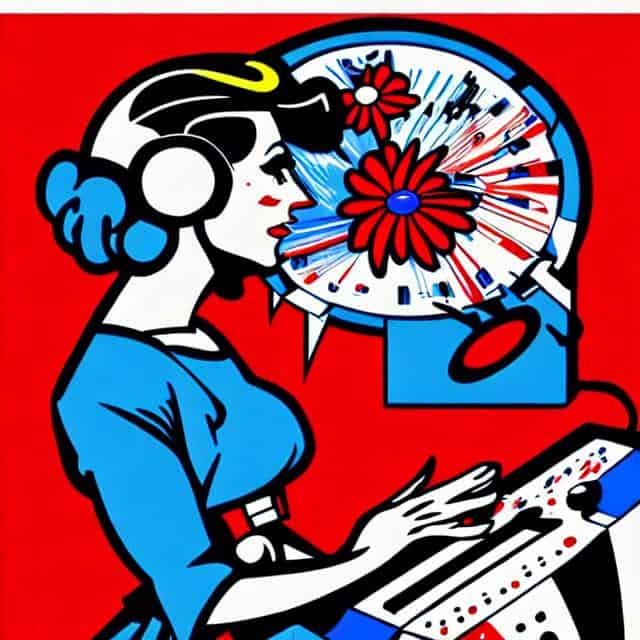
Creating a Setlist: Curating A Sonic Journey
One of the most important DJing techniques involves crafting a DJ set. This skill transcends just piecing together a collection of tracks – it’s about creating a sonic journey that captivates your audience. As you build your setlist, pay attention to the energy levels of your tracks and how they flow into each other. Think of your set as a narrative – start with high-energy tracks to ignite the party, build towards a climax with your most impactful tracks, and then weave in mellower tunes before ending on a euphoric note.
Key considerations when building your setlist should be the key and tempo of each track. Mixing tracks in the same key or with similar tempos ensures a seamless transition between tracks and maintains the energy flow, which is crucial for DJing techniques.
Here’s our blog on choosing the right record to play next in your set.
Reading the Crowd: DJing Techniques for Audience Engagement
Reading the crowd and tailoring your set to their mood is a vital DJing technique. Keep an eye on the energy levels on the dancefloor and modify your track selection and mixing techniques accordingly. If the crowd seems tired or unengaged, it’s time to inject some novelty into your set using DJing techniques.
Interaction with your crowd is crucial in keeping them hooked to your set. Simple gestures like eye contact, smiling, and nodding to the beat can create a connection with your audience. Use of the microphone to amp up the crowd can be effective, but remember not to interrupt the flow of your set too much, a key aspect of DJing techniques.
Incorporating Effects and Samples: Adding a Touch of Uniqueness
Effects and samples can infuse a unique flavor into your mixes, showcasing your DJing techniques. Effects like filters, delays, and reverbs can add dimension to your tracks, while samples such as vocals or sound effects can create an engaging atmosphere using DJing techniques.
When using effects and samples, moderation is key. They should complement your tracks, not overpower them. The art lies in tastefully weaving these into your set using DJing techniques to create a memorable auditory experience.
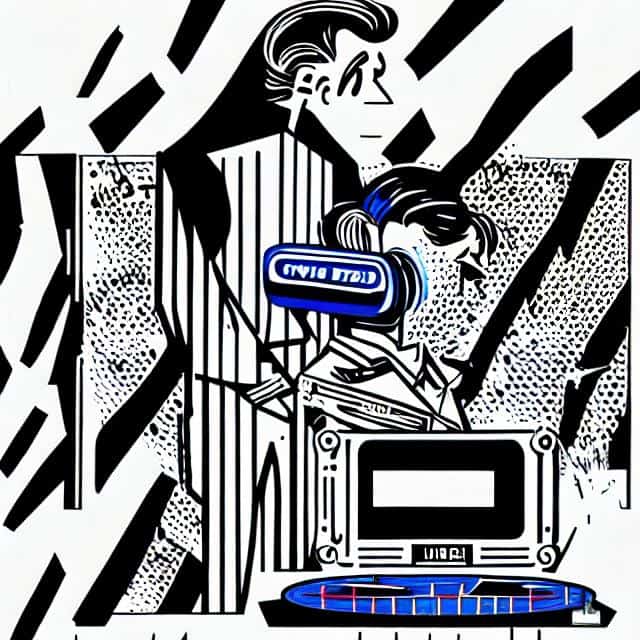
Recording and Sharing Your Mix: Showcasing Your Craft
Recording and sharing your mix is a fantastic way to spotlight your skills and foster your reputation as a DJ using advanced DJing techniques. Various software options like Ableton Live or Traktor can be used for recording. Alternatively, even your phone can serve the purpose.
Choose a platform to share your mix based on your target audience. Soundcloud and Mixcloud are preferred for sharing DJ mixes, while social media platforms like Facebook and Instagram can be used to promote your mix and cultivate your fanbase through advanced DJing techniques.
DJing Gigs and Getting Paid: Tips on how to DJ 101
One of the fundamental DJing techniques involves payment. Once you’ve honed your skills and built a strong reputation, it’s time to start booking gigs and getting compensated for your work using DJing techniques. Network with local DJs, promoters, and venue owners. Offer to play at smaller events to gain experience and build your portfolio.
When discussing payment, consider your experience and skill level. Demand what you think you’re worth using advanced DJing techniques, but be ready to negotiate to secure gigs.
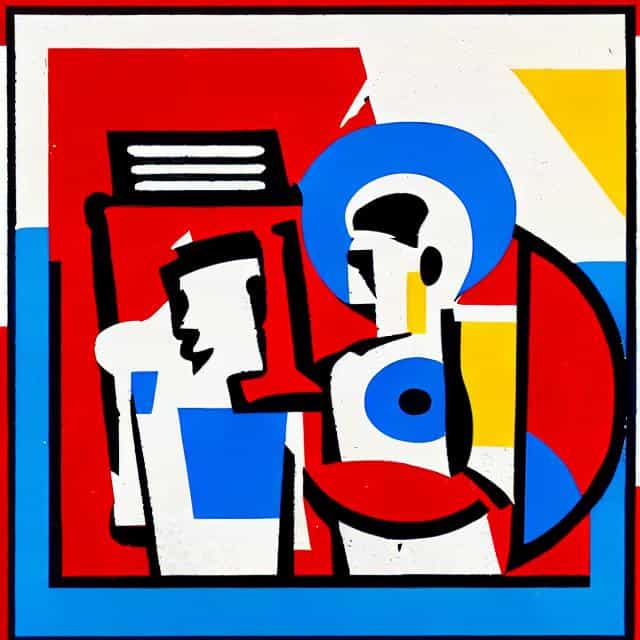
Continuing Your Education and Improving Your Skills: Keeping the Learning Curve Up
Learning is a lifelong journey, and even experienced DJs know there’s always more to learn through advanced DJing techniques. Attend workshops, watch online tutorials, and engage with your DJing community to keep abreast of new techniques and trends.
Keeping your passion for music alive and vibrant is as essential as technical skills. Attend concerts, explore new music, and collaborate with other musicians to keep your creativity sparked through advanced DJing techniques.
Here’s our Youtube Video on making a DJ mix in Ableton
Final Thoughts
DJing is an exciting and fulfilling journey of creativity and skill, a pursuit that’s within anyone’s grasp with the right guidance on DJing techniques. This comprehensive guide has covered everything from equipment understanding, curating a music library, essential DJ techniques, recording, sharing, and even getting paid for your gigs using advanced DJing techniques. So, ready your headphones, light up your decks, and let’s ignite the dancefloor with these DJing techniques!
If you enjoyed our post on “Pro tips on how to DJ”

FAQ‘s – Tips on how to DJ
1. What are some beginner-friendly tips on how to DJ?
Getting started with DJing involves understanding your equipment, building a robust music library, and mastering basic techniques like beatmatching and mixing. You should also focus on creating engaging setlists and learning how to read the crowd.
2. What equipment do I need to start DJing?
The essential DJing equipment includes a set of turntables or a controller, a mixer, and a good pair of headphones. As a beginner, you might want to start with a more budget-friendly and easy-to-use controller.
3. How do I build a DJ music library?
To build a DJ music library, start by choosing a genre you are passionate about. Use platforms like Beatport, Traxsource, and Juno Download to find high-quality tracks. Don’t be afraid to explore different genres and sub-genres to develop your unique sound.
4. What are some tips on beatmatching and mixing for new DJs?
Beatmatching involves synchronizing the beats of two tracks so they play in time with each other. Start by learning to use your ears to adjust the pitch and tempo. Once you’ve mastered beatmatching, you can move on to mixing techniques such as fading, cutting, and filtering.
5. How do I create a DJ setlist?
Creating a DJ setlist requires careful consideration of the energy levels and tempo of each track. You want to start with high-energy tracks to get the crowd moving, build up to a peak, then bring the energy down a bit before ending on a high note.
6. How can I read the crowd and adjust my DJ set?
Reading the crowd involves paying attention to their energy levels and reactions. If they appear uninterested or tired, switch up your track selection or mixing techniques. Interacting with the crowd can also keep them engaged in your set.
7. How can I add effects and samples to my DJ mix?
You can use built-in effects on your controller or software to add depth to your tracks. Effects like filters, delays, and reverbs can enhance the sound, while samples can add a unique touch to your mix.
8. How do I record and share my DJ mix?
You can record your DJ mix using software like Ableton Live or Traktor. Once recorded, you can share your mix on platforms like SoundCloud and Mixcloud, or promote it on social media platforms like Facebook and Instagram.
9. What tips can you give on DJing gigs and getting paid?
Start by networking with other DJs, promoters, and venue owners. Offer to play at small events or openings to gain experience. When negotiating payment, be realistic about your skill level and experience.
10. What are some tips on improving my DJ skills?
Continuing education is key to improving your DJ skills. Attend workshops, watch online tutorials, and network with other DJs to learn new techniques. Keep exploring new music and stay inspired by attending concerts and collaborating with other musicians.
